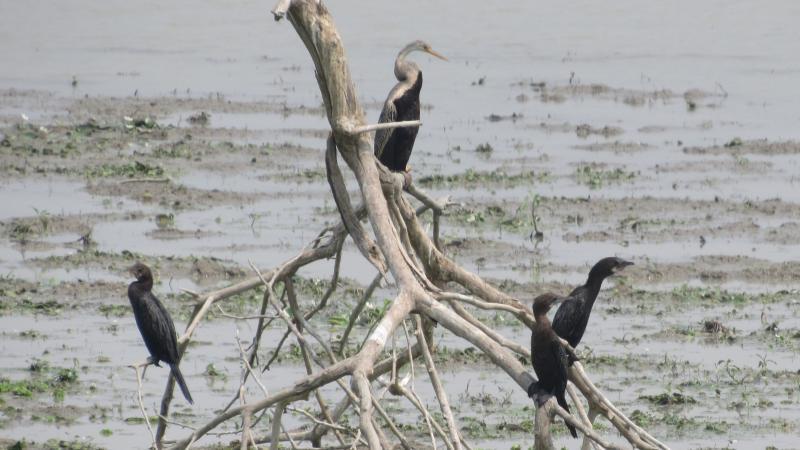
India’s Insectivorous, Grassland Birds Declining Fastest: Report
India is home to a staggering 1,300 bird species, with a vast array of habitats and ecosystems that support these feathered friends. However, a recent report on the state of India’s birds has painted a grim picture, highlighting the alarming decline of certain bird populations. The ‘State of India’s Birds’ report, released by a leading research institution, has shed light on the precarious state of India’s avian population, with birds specialising in certain diets and habitats declining at an alarming rate.
The report, which drew upon data from over 100,000 bird records, revealed that insectivorous birds, which feed on insects, and grassland birds, which inhabit open grasslands, are declining at a significantly faster rate than other bird species. This stark reality underscores the urgent need for targeted conservation efforts to save these vulnerable populations.
Insectivorous birds, which play a crucial role in controlling insect populations, are declining at a rate of 3.6%, making them one of the fastest-declining bird groups in the country. Grassland birds, which are often found in open grasslands, agricultural fields, and scrublands, are also declining at an alarming rate of 3.4%. These birds are often found in areas with rich biodiversity, making their decline a worrying sign for the overall health of ecosystems.
The report highlights the importance of conserving these bird populations, not only for the sake of the birds themselves but also for the ecosystems they inhabit. Bird populations are often used as an indicator species, providing valuable insights into the overall health of an ecosystem. If bird populations are declining, it is likely that other species in the same ecosystem are also struggling.
The decline of insectivorous and grassland birds can be attributed to a range of factors, including habitat destruction, fragmentation, and degradation. Human activities such as deforestation, urbanisation, and intensive agriculture have led to the destruction of natural habitats, leaving birds with limited options for food and shelter.
Insectivorous birds, in particular, are facing challenges due to the loss of insect populations, which are often linked to pesticide use and climate change. With fewer insects available as a food source, insectivorous birds are struggling to survive.
Grassland birds, on the other hand, are facing challenges due to the degradation of grasslands and the loss of their natural habitats. Grasslands are often converted to agricultural land, urban areas, or other human-dominated landscapes, leaving birds with limited options for survival.
The ‘State of India’s Birds’ report provides a stark reminder of the urgent need for conservation efforts to protect India’s avian population. The report recommends targeted conservation strategies, including the protection and restoration of habitats, the reduction of pesticide use, and the promotion of sustainable agriculture practices.
The report also highlights the importance of engaging local communities in conservation efforts. Local communities can play a crucial role in protecting bird habitats and promoting sustainable practices that support bird populations.
In conclusion, the ‘State of India’s Birds’ report provides a vital look at the state of India’s avian population, highlighting the alarming decline of insectivorous and grassland birds. The report underscores the urgent need for targeted conservation efforts to protect these vulnerable populations and the ecosystems they inhabit. By engaging local communities and promoting sustainable practices, we can work towards a future where India’s bird population thrives.
News Source:
https://researchmatters.in/news/indias-birds-face-significant-declines-highlighting-urgent-conservation-needs






